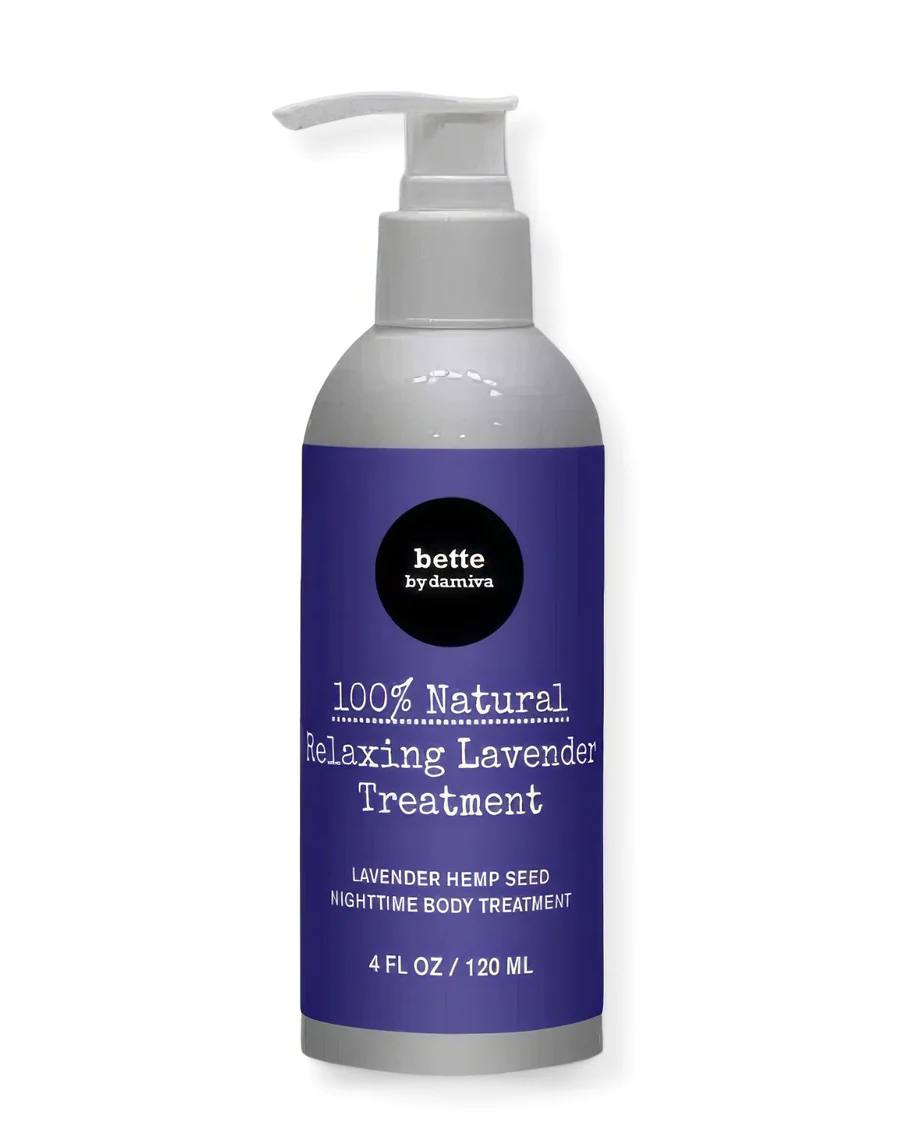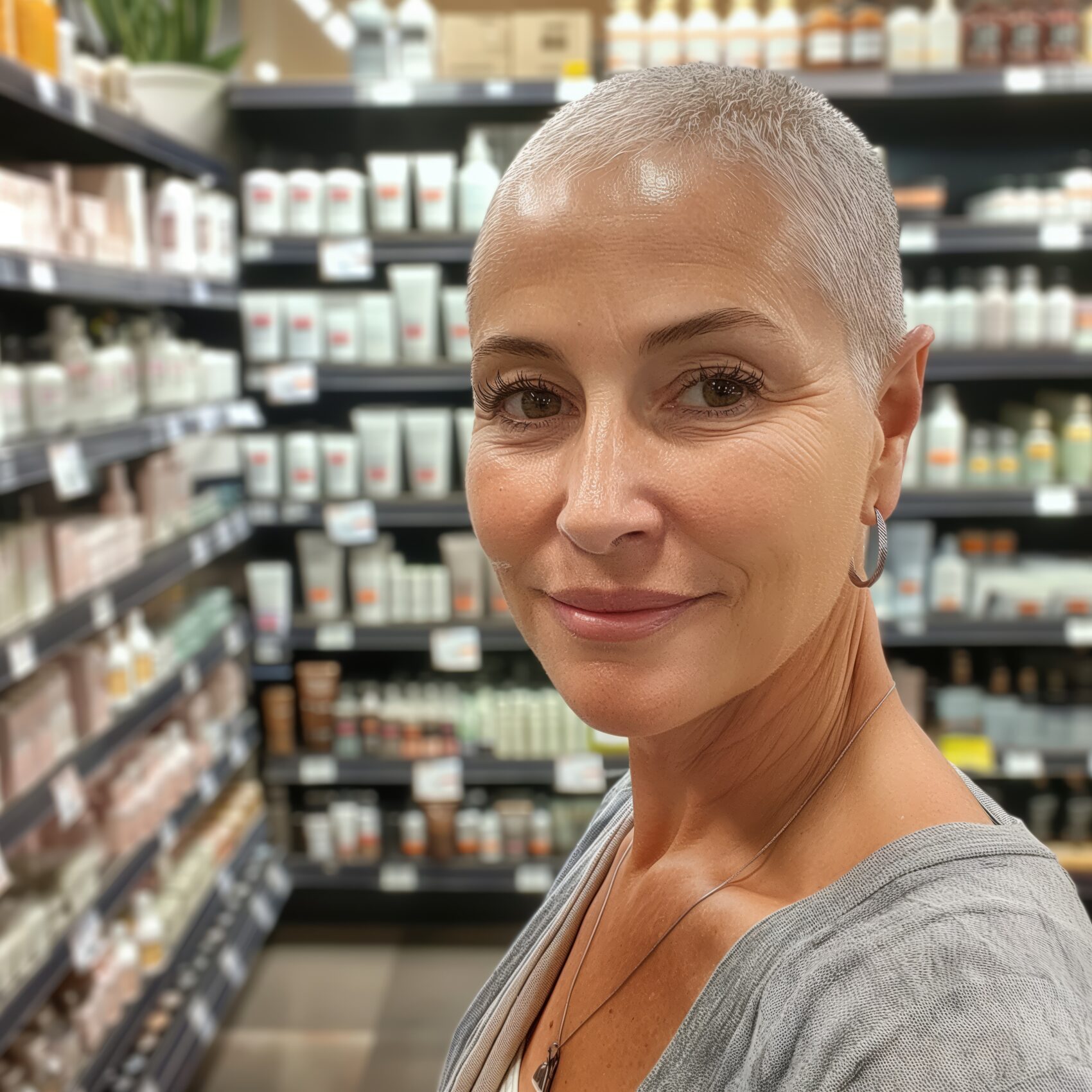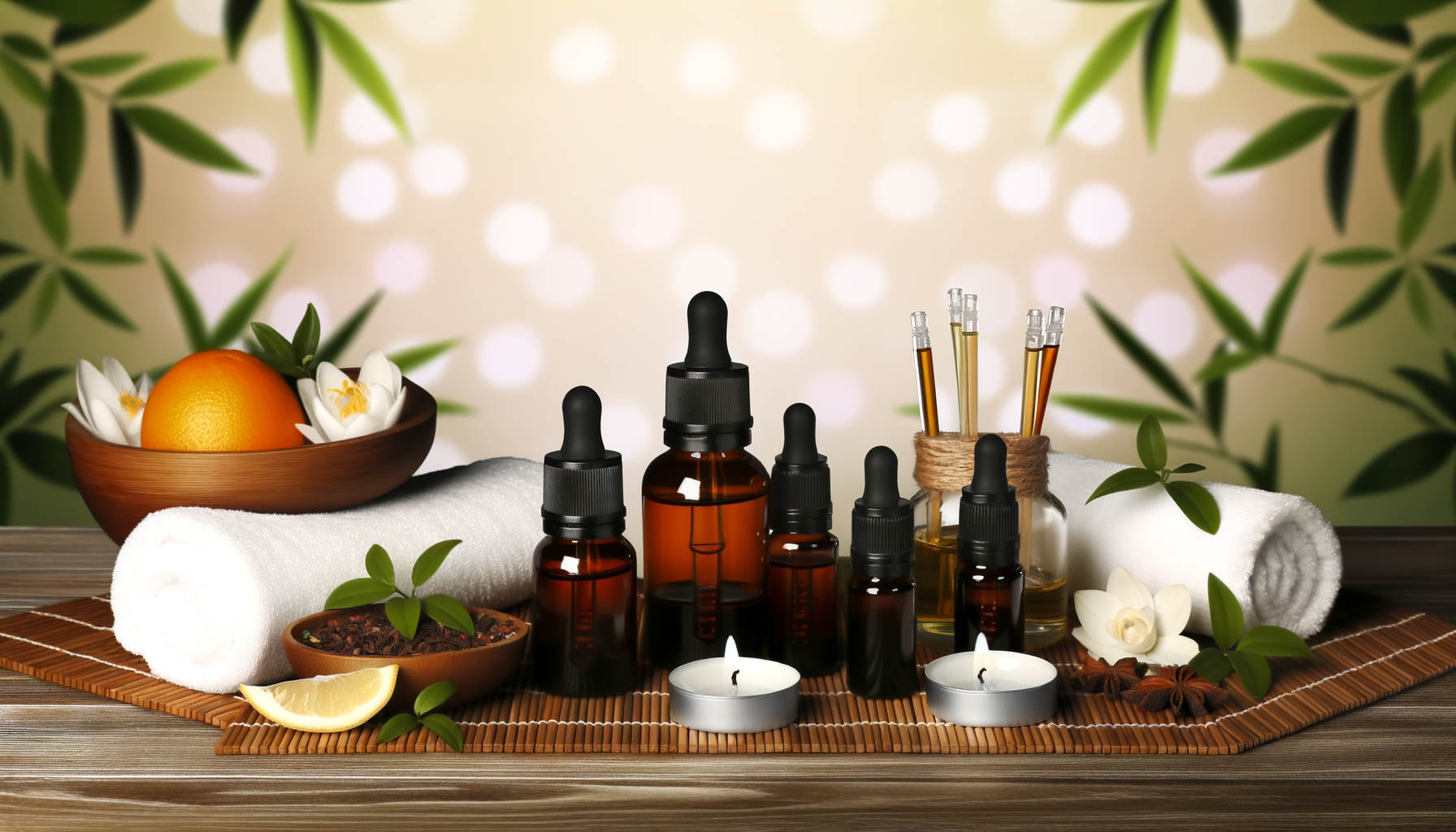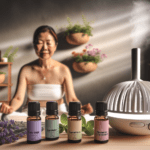Introduction to Essential Oils and Aromatherapy
What are Essential Oils?
Essential oils are concentrated plant extracts that retain the natural smell and flavor, or “essence,” of their source. These aromatic compounds are obtained through distillation (via steam and/or water) or mechanical methods, such as cold pressing. Once the aromatic chemicals have been extracted, they are combined with a carrier oil to create a product ready for use. The purity and therapeutic properties of essential oils make them key players in the practice of aromatherapy.
Historical Use of Aromatherapy
Aromatherapy is not a new fad; it’s an ancient practice with a rich history dating back thousands of years. Civilizations like the Egyptians, Chinese, and Greeks used aromatic plant components in resins, balms, and oils. These natural substances were used for medical and health purposes, as well as in spiritual and ritualistic activities. Over time, aromatherapy has evolved, but its core principle of harnessing the therapeutic aspects of plant aromas remains unchanged.
Benefits of Aromatherapy for Skin
The skin, being the largest organ of the body, can greatly benefit from aromatherapy. Essential oils such as lavender, tea tree, and chamomile are known for their soothing and anti-inflammatory properties, which can help address skin conditions like acne, eczema, and psoriasis. Moreover, the antioxidant properties of certain oils can aid in preventing signs of aging and improving the skin’s overall appearance. When used correctly, essential oils can be powerful allies in maintaining healthy, radiant skin.
Understanding the Basics of Skin Care
Effective skin care is foundational to utilizing essential oils for dermatological health. It involves understanding your skin type, whether it be oily, dry, combination, or sensitive, and recognizing the importance of a consistent routine. This routine typically includes cleansing, toning, moisturizing, and applying sunscreen. Introducing essential oils into this regimen can enhance its effectiveness by providing additional nourishment and therapeutic benefits. However, it’s crucial to know how to safely use essential oils, as their potency requires them to be diluted and used in moderation to avoid adverse reactions.
The Science of Essential Oils on Skin
How Essential Oils Work
Essential oils are highly concentrated plant extracts renowned for their aromatic and therapeutic properties. They contain the essence of the plant, including its scent and beneficial compounds. When applied to the skin, essential oils can offer a range of skin health benefits. They interact with the body’s olfactory system, sending signals to the limbic system in the brain, which influences our emotions, heart rate, and hormone balance. This connection explains the mood-enhancing effects of aromatherapy. Moreover, the chemical constituents of essential oils can provide antioxidant, anti-inflammatory, and antimicrobial effects, which are beneficial for skin health.
The Role of Absorption through the Skin
The skin is not just a barrier but also a medium through which substances can enter the body. Essential oils are lipophilic, meaning they can easily penetrate the skin and be absorbed into the bloodstream. Once absorbed, they can interact with various bodily systems. For instance, some components of essential oils, such as terpenes, have been shown to have anti-inflammatory and healing properties, which can be particularly beneficial for skin conditions. However, due to their potency, essential oils should be diluted with carrier oils to prevent irritation and ensure safe application.
Synergy of Essential Oils and Skin Health
Essential oils can work synergistically with the skin to enhance its health and appearance. For example, lavender oil is known for its ability to support collagen production and improve blood flow, which can lead to a healthier complexion. Tea tree oil, with its antimicrobial properties, can be effective in treating acne and maintaining healthy skin. Lemongrass oil is another example, known for its toning and antifungal properties, making it beneficial for skin hydration and tone. The concept of synergy also applies when blending essential oils; combining different oils can create a more potent effect than using a single oil alone. This synergy can target multiple skin concerns simultaneously, such as dryness, aging, and acne.
Understanding the science behind essential oils and their interaction with the skin is crucial for harnessing their full potential. By appreciating how these natural substances work and their role in skin absorption, one can effectively integrate them into a skincare routine, promoting overall skin health and well-being.

Do you have the most commonly used but toxic, disease bringing chemicals in your skin care? Many chemicals in skincare are hormone disruptors and make menopause symptoms worse.
Find out more…
Choosing the Right Essential Oils for Your Skin
Identifying Your Skin Type
Before selecting essential oils for your skin, it’s crucial to identify your skin type. Skin types generally fall into five categories: normal, oily, dry, combination, and sensitive. Normal skin has a balanced sebum production and few imperfections. Oily skin is characterized by excess sebum and is prone to acne. Dry skin may feel tight and have a rough texture. Combination skin exhibits characteristics of both oily and dry skin, often with an oily T-zone and dry cheeks. Sensitive skin reacts easily to stimuli with redness, itching, or rashes.
Essential Oils for Different Skin Concerns
Once you know your skin type, you can choose essential oils that cater to your specific concerns:
- For acne-prone or oily skin: Tea tree oil has antibacterial properties that can help reduce acne, while lavender oil can soothe inflammation.
- For dry skin: Myrrh and frankincense oils are known for their moisturizing properties.
- For aging skin: Rose oil is packed with antioxidants that may help reduce the appearance of wrinkles and fine lines.
- For sensitive skin: Chamomile oil has anti-inflammatory properties that can help calm irritation.
- For combination skin: Ylang ylang oil can help balance sebum production.
Safety and Dilution Guidelines
Essential oils are potent and should be used with care. Always dilute essential oils with a carrier oil, such as jojoba or coconut oil, before applying to the skin. A general guideline for skin applications is to maintain a concentration of 1-2%, which translates to about 6-12 drops of essential oil per ounce of carrier oil. Some essential oils, like citrus oils, can cause photosensitivity, so avoid sun exposure after application.
Patch Testing for Allergies
Before using a new essential oil, it’s wise to perform a patch test to check for allergic reactions. Apply a small amount of the diluted essential oil to a patch of skin on your inner forearm. Cover the area with a bandage and wait for 24 hours. If you experience redness, swelling, itching, or any adverse reaction, wash the area with soap and water and discontinue use of the oil.
By understanding your skin type, selecting the appropriate essential oils, adhering to safety guidelines, and conducting a patch test, you can enjoy the natural benefits of essential oils for a variety of skin concerns while minimizing the risk of adverse reactions.

Doubting chemicals in skincare and femcare? Well done! Choose chemical-free products whenever possible.
Application Methods for Skin Benefits
Topical Application
Topical application is a common way to enjoy the benefits of essential oils for skin care. When applying essential oils to the skin, it’s crucial to dilute them with a carrier oil, such as coconut or jojoba oil, to prevent irritation. A general guideline is to use a 1% dilution rate, which equates to one drop of essential oil per teaspoon of carrier oil. This method allows the oils to be absorbed through the skin, where they can interact with bodily systems to promote skin health. Always perform a patch test to ensure you do not have an adverse reaction to the oil.
Aromatherapy Massage
Aromatherapy massage combines the therapeutic touch of massage with the potent benefits of essential oils. This method not only aids in relaxation but also allows the oils to penetrate the skin, enhancing their effectiveness. For a soothing massage blend, mix a few drops of essential oils like lavender or frankincense with a carrier oil, and gently massage into the skin, focusing on areas of tension.
Facial Steaming with Essential Oils
Facial steaming with essential oils is a gentle way to open up pores and introduce the therapeutic properties of the oils to your facial skin. Add a few drops of oils like tea tree or chamomile to a bowl of hot water, drape a towel over your head, and lean over the bowl to capture the steam. This method is particularly beneficial for deep cleansing and can help address skin concerns such as acne or inflammation.
Creating Custom Blends for Skin Care
Creating custom blends allows for targeted skin care treatments. Start with a base of carrier oil and add essential oils that cater to your specific skin needs. For example, a blend for acne-prone skin might include tea tree oil for its antimicrobial properties, while a blend for dry skin might feature rosehip and sandalwood oils for their hydrating benefits. Use dark glass bottles to store your blends and label them with the ingredients and date of creation.
Remember, the key to successful application of essential oils is understanding your skin type, recognizing your skin concerns, and adhering to safety guidelines. With these practices in place, you can harness the natural power of essential oils to maintain healthy, radiant skin.
By the way, something for you, a little gift!!!
I am just in the middle of publishing my book. It’s about How women can balance their hormones. One part is about food and diet, of course.
Follow this link and enter your email.
I will send you this part of the book for free once the book is published. It has many concrete, practical tips and recipes and will help you feel better during menopause or times of Big hormonal fluctuations.
Annette, Damiva Lead for Health & Wellness

Maintaining Healthy Skin with Lifestyle and Diet
The Impact of Diet on Skin Health
Your skin is a reflection of your overall health, and what you eat can have a significant impact on its appearance. A diet rich in antioxidants from fruits and vegetables can protect the skin from damage caused by free radicals. Foods high in omega-3 fatty acids, such as salmon and flaxseeds, can promote skin hydration and reduce inflammation. Conversely, diets high in processed foods, sugars, and unhealthy fats may exacerbate skin conditions like acne and eczema. To support skin health, prioritize a balanced diet that includes a variety of nutrient-dense foods.
Lifestyle Factors Affecting Skin
Lifestyle choices play a crucial role in skin health. Hydration is essential; drinking plenty of water throughout the day can help maintain the skin’s elasticity and moisture balance. Sleep is also critical; during sleep, the skin undergoes repair and regeneration. Aim for 7-9 hours of quality sleep each night to give your skin the best chance to renew itself. Stress can trigger skin issues, so incorporating stress-reduction techniques such as meditation, yoga, or deep breathing exercises can be beneficial. Additionally, exercise increases blood flow, which helps nourish skin cells and keep them vital.
Complementary Natural Practices for Skin Care
In addition to diet and lifestyle, there are several natural practices that can complement your skin care routine. Hydration from the inside out is key, so consider using a humidifier to add moisture to the air, especially in dry climates or during winter months. Exfoliation can help remove dead skin cells and promote a brighter complexion; opt for gentle, natural exfoliants like oatmeal or sugar scrubs. Sun protection is paramount; always apply a broad-spectrum sunscreen to protect against UV damage. Lastly, mindful skin care practices, such as using natural oils and avoiding harsh chemicals, can help maintain the skin’s natural barrier and prevent irritation.
By addressing these dietary and lifestyle factors, and incorporating natural practices into your routine, you can support your skin’s health and enhance its natural beauty.

Bette 100% All-Natural Relaxing Lavender Body Lotion.
Chemical-Free
Your relaxing night time body moisturizer to leave the day’s stress behind. Decompress and wish your body good night with the calming scent of lavender.
Conclusion: Embracing Aromatherapy for Holistic Skin Care
Summarizing the Benefits of Essential Oils for Skin
Throughout this exploration of essential oils and their integration into skin care, we’ve uncovered the profound impact these natural extracts can have on our skin’s health and overall well-being. Essential oils offer a plethora of benefits, from moisturizing dry skin and reducing the appearance of wrinkles to combating acne and soothing inflammation. Their therapeutic properties extend beyond mere surface-level effects, often providing sensory experiences that can relax or invigorate the mind and spirit.
Tips for Integrating Essential Oils into Daily Routine
Integrating essential oils into your daily skin care routine can be both simple and transformative. Here are some practical tips:
- Start with a carrier oil: Mix a few drops of your chosen essential oil with a carrier oil before applying it to your skin to avoid irritation.
- Customize your moisturizer: Add essential oils to your unscented moisturizer for added benefits.
- Refresh with a mist: Create a hydrating facial mist by diluting essential oils in distilled water.
- Relax with a bath: Enhance your bath by adding a blend of calming essential oils and Epsom salts.
Remember, consistency is key to seeing results, so incorporate these practices into your daily regimen for the best outcomes.

Finally Peace of Mind! NO more worries, no more hassle in checking the labels of creams and lotions.
I found skin care and beauty without chemicals. Chemicals in skin care are hormone disruptors and could turn out very bad for me. I need to stay away from them.
Safe ingredients, no doubts, no compromises and no false promises.
Continued Education and Safe Practices
As you embrace the world of essential oils, it’s crucial to continue educating yourself on their safe and effective use. Stay informed about the latest research, and always adhere to the following guidelines:
- Dilution: Always dilute essential oils appropriately to prevent skin irritation or sensitization.
- Patch testing: Perform a patch test before using a new essential oil to ensure you don’t have an adverse reaction.
- Quality: Use high-quality, pure essential oils from reputable sources to ensure safety and efficacy.
- Professional guidance: Consult with a dermatologist or certified aromatherapist, especially if you have sensitive skin or medical conditions.
By following these practices, you can enjoy the myriad benefits of essential oils while minimizing risks.
In conclusion, the journey into natural aromatherapy for skin care is one of discovery and connection with nature’s potent essences. By summarizing the benefits, offering tips for daily integration, and emphasizing the importance of continued education and safe practices, we pave the way for a holistic approach to skin care that is both nurturing and effective. Embrace the aromatic world of essential oils and let your skin, and senses, revel in the natural goodness they provide.

















